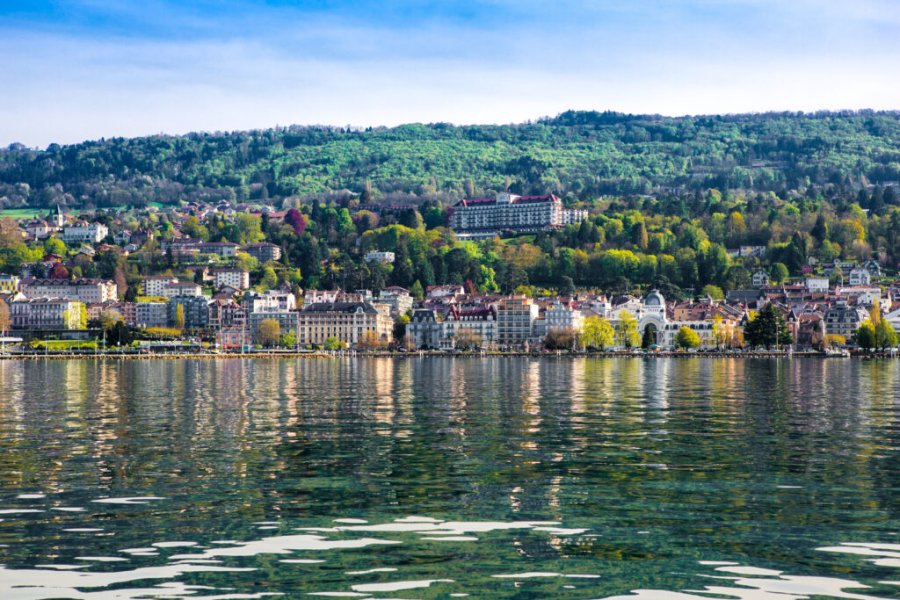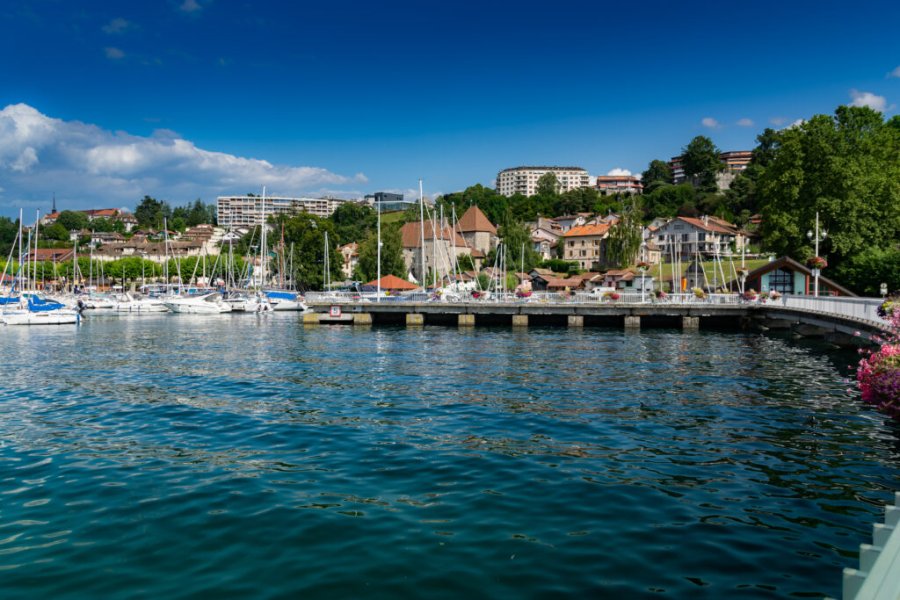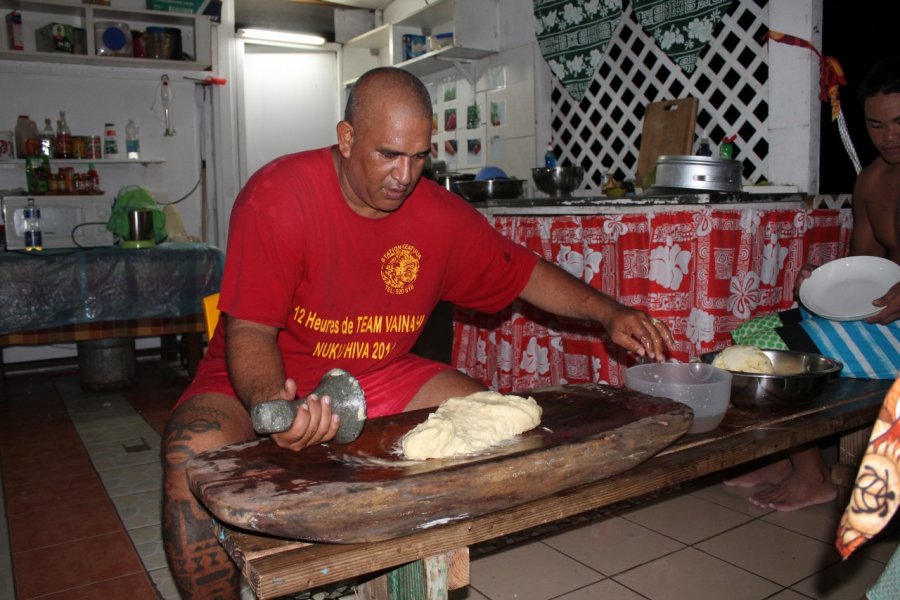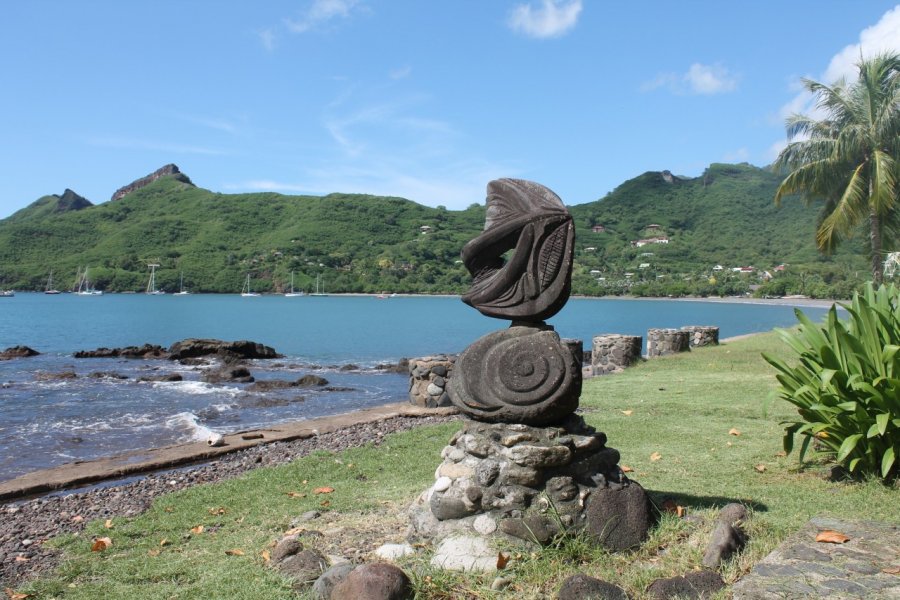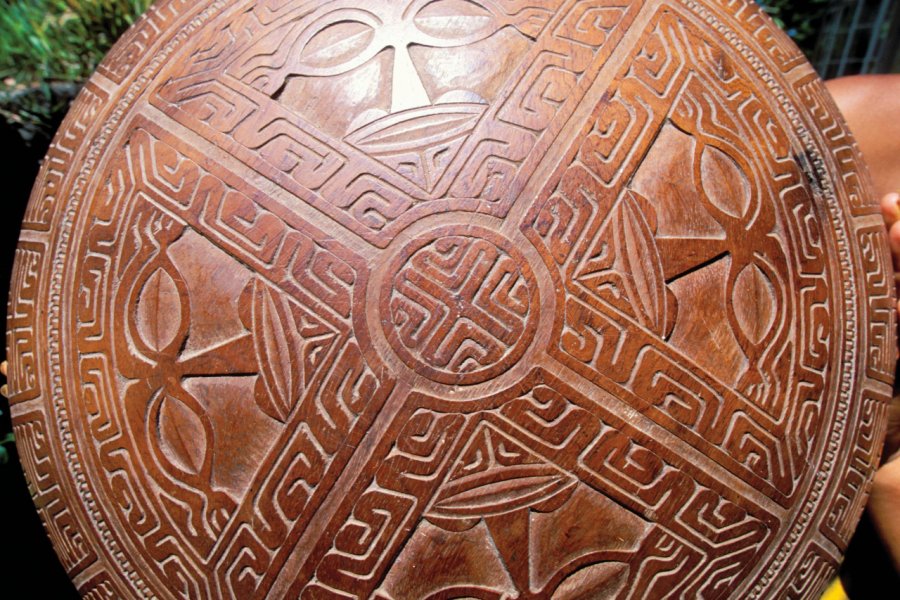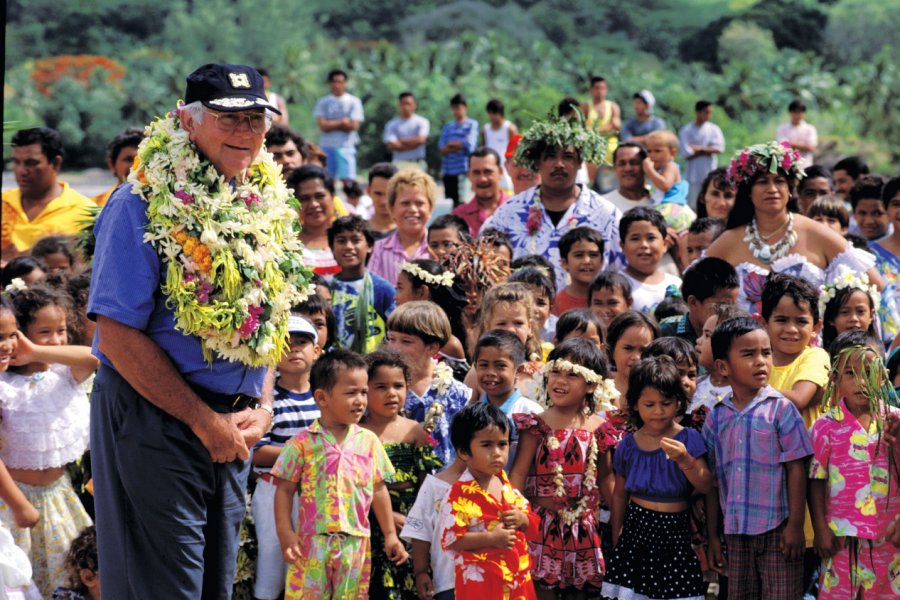Travel Guide Marquesas Islands
Of the five archipelagos of French Polynesia, the Marquesas - in addition to being among the largest - is also the one of all the superlatives: the northernmost, the most isolated, the most rugged, the most rugged, the most charming and, without doubt, the most rugged beauty. In the middle of the Pacific, lava blocks appear, posing a permanent challenge to the forces of the ocean, while the large plateaus and narrow valleys of the interior of the islands are home to spaces with breathtaking animal and plant life. When Bougainville passed through here in the 18th century, he estimated the Marquesan population at about 200,000, if not more, with an ancient civilization and elaborate practices. As you travel through the two groups of islands - the northern one with Nuki Hiva as its capital, and the southern one with the Hiva Oa power station - you will discover everywhere the millenary petroglyphs left by the ancestors of this united, proud and joyful people, whose warrior members are tattooed from head to toe. The Marquesas tourist guide will take you to the four corners of this true earthly paradise, the one that Paul Gauguin and Jacques Brel have chosen as their ultimate destination: "Do you want me to tell you / Moaning is not appropriate / Aux Marquises" (J. Brel).
Suggested addresses Marquesas Islands
When to go to Marquesas Islands?
When to go to the Marquesas archipelago ? The climate of French Polynesia is tropical oceanic. There are two seasons: the dry season from April to October (during the austral winter) and the rainy season from November to March (it is then hotter and more humid, because it rains a lot). The average temperature (air and water!) varies between 24 and 28°C. However, the climate varies according to the archipelagos: it is cooler in the Austral Islands and warmer in the Marquesas Islands. The best time to go to the Marquesas is during the austral winter, between May and October, and especially in August and September, when temperatures are a bit cooler (especially at night). January and February are the rainiest months and are traditionally very low! The high season is from May to October, and for the end of the year holidays. The low season is from November to April. So when to go to the Marquesas? During the austral winter ideally.
Weather at the moment
The Marquesas experience a more brutal weather than the Society Islands. While they are not affected by cyclones, they do experience more variable temperatures and more random rainfall. The North Marquesas are generally drier, sometimes facing severe droughts, while the South Marquesas face regular floods. Although closer to the equator, the water is not as warm (about 23°C), due to the currents, which explains the absence of coral.
The currency in the Marquesas, as in the rest of French Polynesia, is the Pacific franc. Everything is very expensive, so it is necessary to find out what the price is. Some may find it a bitter pill! This very high cost of living is the consequence of the importation of many products in Polynesia, and of the tax system. Money is spent here at an incredible speed, and your relationship to money will quickly change in Polynesia.
A passport is required to travel to the Marquesas, valid six months after return, in the event of a prolonged or unexpected stopover in the United States. Monegasque and Swiss nationals, as well as those from the Member States of the European Union and Canada, benefit from a three-month visa-free stay.
Attention! Since January 12, 2009, if you are passing through the United States, even for a short transit, you must complete (on the Internet: esta.cbp.dhs.gov/esta/) a prior authorization request (for US$14 per person). Allow about 72 hours for your request to be validated (or not). The authorization is valid for 2 years, please bring proof of approval (e. g. printed confirmation).
All goods must be declared and the corresponding tax duties paid at the Marquesas customs office. See www.polynesie-francaise.pref.gouv.fr
In addition to sunburn and sunstroke, nono bites and tourista, beware of mosquitoes at all costs! Although Polynesia has no predators for humans, they can potentially cause you a lot of trouble: dengue fever is relatively widespread, as well as chikungunya, and Zika to a lesser extent. These diseases can be dangerous: don't panic, but run away from mosquitoes! Drinking water is a rare commodity in the Marquesas, and you will drink it from a bottle.
As far as hospital infrastructures are concerned, if the Marquesas Islands have them, it is in Tahiti that you should go for a more serious health problem. In case of a serious emergency on an island with insufficient facilities, you will be repatriated to Tahiti by Evasan (medical evacuation). By Air Tahiti or by helicopter, you will be brought back to the nearest hospitals, as the smallest islands often do not have any. No need to worry!
Practical information
- When to travel?
- Weather forecast
- Budget
- Formalities
- Health
- How to travel by yourself?
- How to get organized?
- Getting around
Media
How to go to Marquesas Islands? Our advice & tips
A large number of tour operators propose to discover the Marquesas, and French Polynesia as a whole: combined islands, cruises (catamarans or liners) and diving holidays are in the spotlight, but there are also offers of cultural tours or hikes. Finally, proposals for boarding houses are also very frequent. However, the destination is very popular with lovers who want to celebrate their idyll at the end of the world in postcard settings. As an indication, count €3,000 for an individual tour of 13 days and 10 nights, €2,500 for 10 days and 7 nights and €5,000 for a 22-day trek. Many specialists offer special packages for newlyweds, valid all year round.
Discover our selection of travel agencies for this destinationThe trip to the Marquesas is long, but you will find many airlines offering flights with stopovers. Please note that the price variation depends on the airline you fly with, but most of all, on the time of booking. To get the best fares in high season, buy your tickets six months in advance. For less popular periods, a much shorter delay should not prevent you from getting a good price.
Going to French Polynesia is a long and tiring journey. Once there, it's not over, you still have to move around a territory as big as Europe! With 118 islands and as many ways to get there, travel will represent a large part of your budget. But don't worry, travelling to Polynesia and the Marquesas is already fun! The territory is equipped with an efficient, original and varied transportation network, and not necessarily always expensive. On land, at sea or in the air, here are all the keys to getting around the islands, between the islands and on the islands.
Air Tahiti offers Pass at advantageous rates by combining several islands. These are closed circuits, all starting from Tahiti. However, between two islands, trips can be made by other means, such as by boat.
Marquises Pass. Nuku Hiva, Hiva Oa, Ua Pou, Ua Huka: from 750 to 950 € per adult and from 600 to 750 € per child depending on the number of islands visited (2, 3 or 4). Rates based on a 23 kg baggage allowance
In the Marquesas, there are few roads, sometimes paved with stones or earth, sometimes barely marked, and quickly flooded in case of rain. However, the main roads are now almost all paved.

